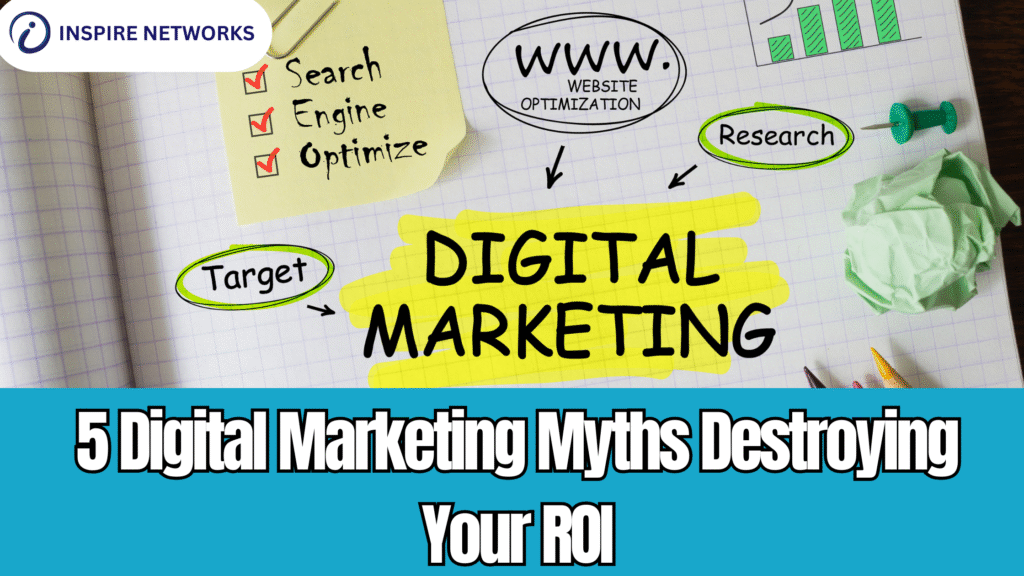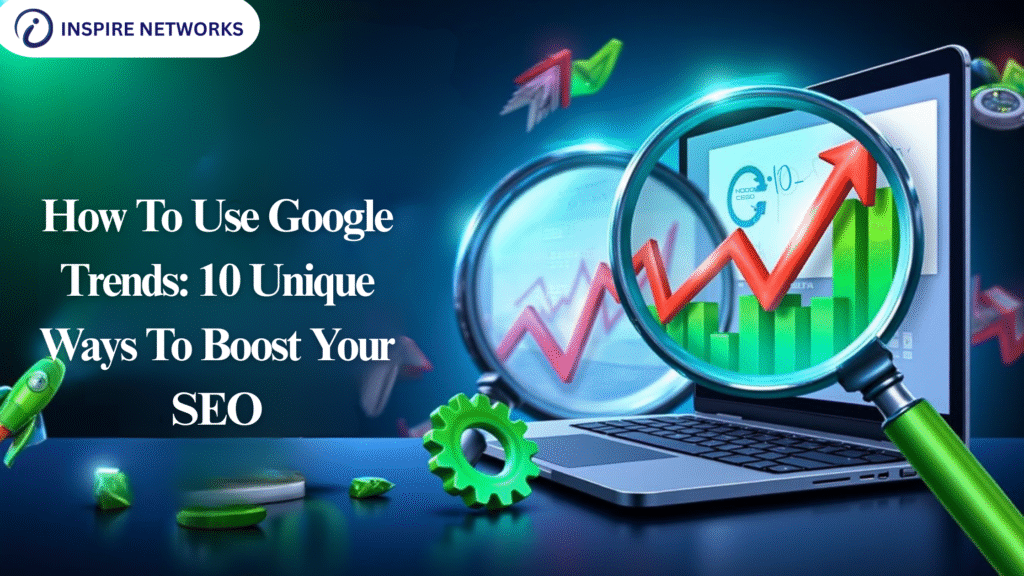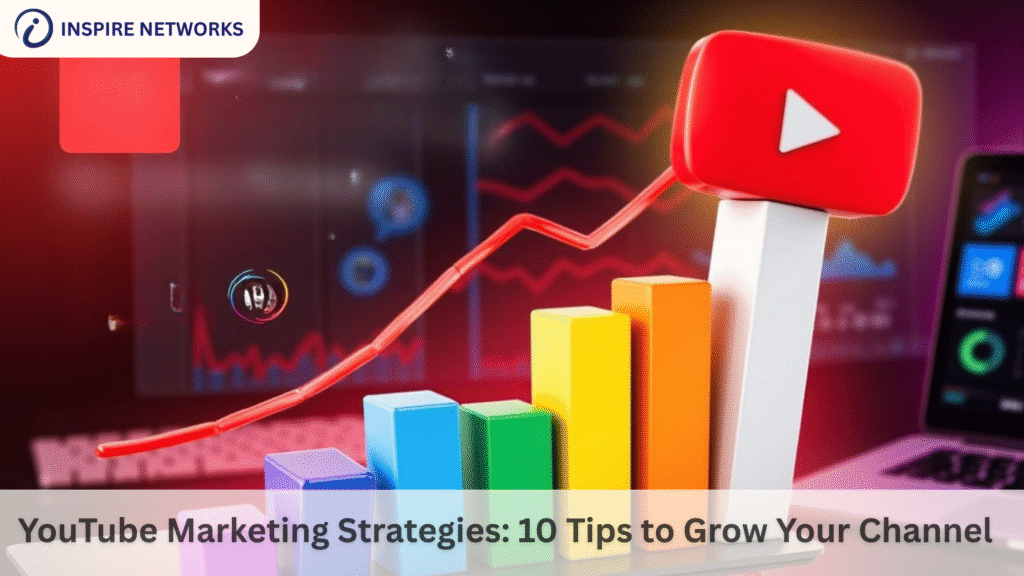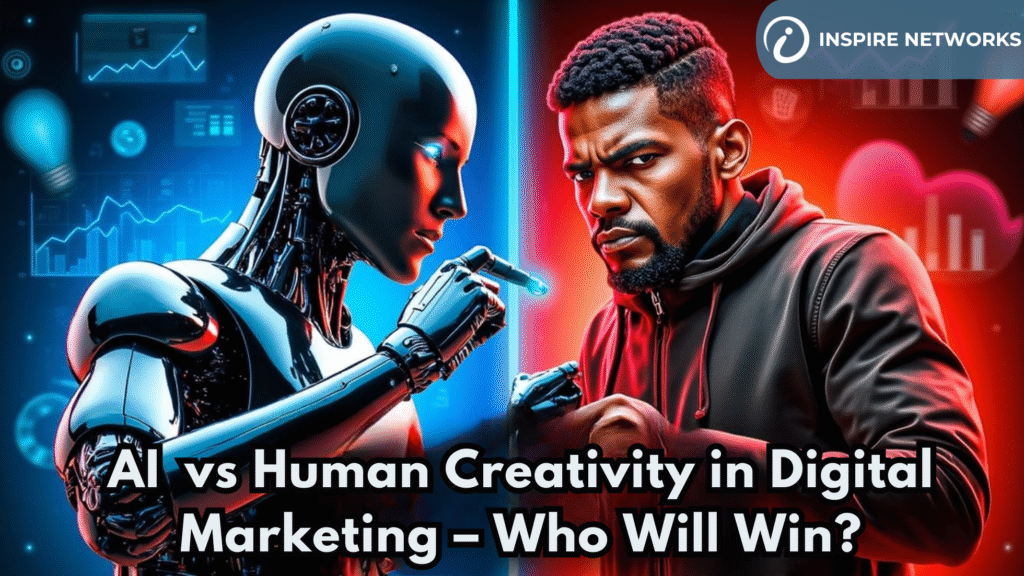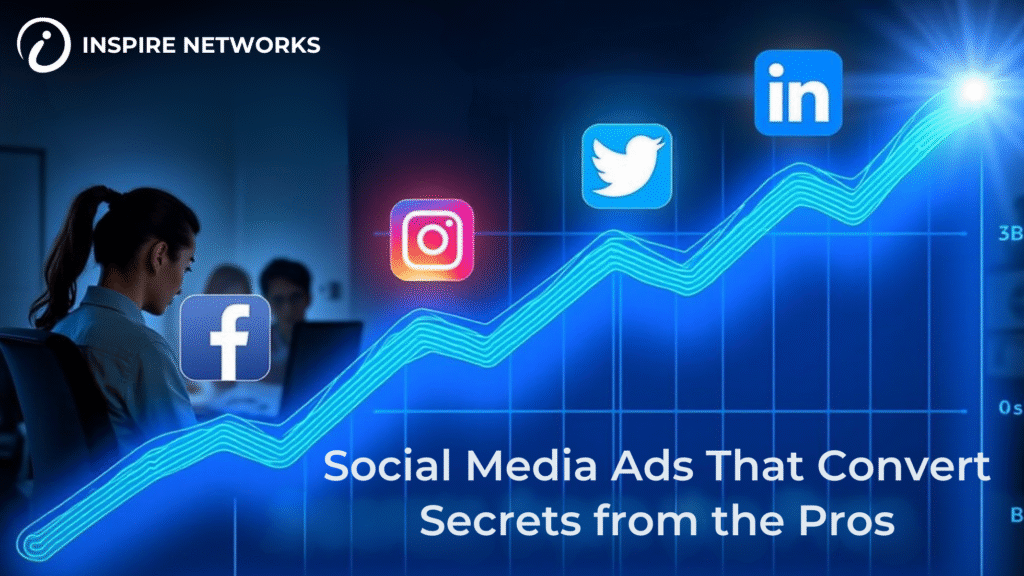SEO Monitoring: Tips, Tools, and Metrics
Introduction In today’s hyper-competitive digital landscape, ranking on search engines isn’t a one-time achievement—it’s an ongoing process. SEO (Search Engine Optimization) is not just about optimizing your website and publishing content; it’s about constantly monitoring how those efforts are performing. Without proper SEO monitoring, you risk losing visibility, organic traffic, and ultimately, revenue. This blog post will explore the importance of SEO monitoring, highlight essential tools, break down key performance metrics, and share actionable tips to ensure your SEO strategy remains agile and effective. Why SEO Monitoring Matters SEO is dynamic—search engine algorithms change frequently, user behavior evolves, and competitors continuously refine their strategies. Monitoring helps you: Consistent SEO monitoring enables proactive decision-making instead of reactive damage control. It’s your roadmap to sustainable organic growth. Essential Tips for Effective SEO Monitoring 1. Define Clear SEO Goals Before diving into tools and metrics, establish what you want to achieve with SEO. Is it increased organic traffic, higher rankings for specific keywords, better local visibility, or improved conversions? Setting SMART (Specific, Measurable, Achievable, Relevant, Time-bound) goals ensures your monitoring efforts stay aligned with business objectives. 2. Create a Monitoring Routine SEO isn’t something you check once a quarter. Create a schedule for weekly, monthly, and quarterly monitoring: 3. Segment Your Data Don’t treat all your data equally. Break down your SEO performance by: This segmentation offers deeper insights and enables you to make data-driven improvements tailored to specific segments. Top SEO Monitoring Tools The right tools can simplify and enhance your monitoring process. Here are some industry favorites: 1. Google Search Console (Free) Google Search Console (GSC) is essential for monitoring your site’s performance on Google: Pro Tip: Set up alerts for coverage issues or performance drops to act quickly. 2. Google Analytics 4 (Free) GA4 helps you understand how users interact with your website. With custom event tracking and integration with GSC, you can correlate organic traffic with user behavior and conversions. 3. Ahrefs / SEMrush / Moz (Paid) These premium SEO tools provide in-depth keyword tracking, site auditing, backlink analysis, and competitor benchmarking. Each has its unique strengths: 4. Screaming Frog SEO Spider This desktop tool crawls your entire website and identifies technical SEO issues such as: It’s invaluable for conducting regular technical audits. 5. Ubersuggest & Google Trends (Free/Freemium) Ubersuggest helps with keyword tracking and SEO suggestions, while Google Trends allows you to monitor keyword popularity over time—great for spotting seasonal or trending opportunities. Key SEO Metrics to Track Understanding which metrics to monitor is crucial for success. Here are the most important ones: 1. Organic Traffic The number of visitors reaching your site through unpaid search engine results. Use Google Analytics to track this across time periods, devices, and geographies. 2. Keyword Rankings Track how your target keywords perform in search results. Tools like SEMrush or Ahrefs offer keyword tracking dashboards and SERP position history. 3. Click-Through Rate (CTR) Measured in Google Search Console, CTR tells you how well your title and meta description compel users to click. A low CTR may indicate poor messaging or lack of relevance. 4. Bounce Rate & Dwell Time High bounce rates and low dwell times may indicate poor user experience or content relevance. Use this metric to improve on-page content or site structure. 5. Conversion Rate The percentage of organic visitors who complete a desired action (form fill, purchase, etc.). It’s the ultimate measure of SEO effectiveness. 6. Backlink Profile Backlinks remain a major ranking factor. Monitor: Tools like Ahrefs and Moz help you stay on top of this. 7. Page Load Speed & Core Web Vitals Google prioritizes user experience. Use tools like PageSpeed Insights or Lighthouse to track: A slow-loading site can affect rankings and user engagement. 8. Crawl Errors & Index Coverage Ensure all your important pages are indexed and accessible. Use Google Search Console to find: Common SEO Monitoring Mistakes to Avoid Even seasoned marketers can slip up. Watch out for: Conclusion SEO monitoring is not an optional luxury—it’s an operational necessity for any business serious about digital growth. With the right mix of tools, clear objectives, and disciplined routine, you can ensure your SEO strategy remains resilient, responsive, and results-driven. SEO success doesn’t come from a single tactic—it’s the result of consistent effort, informed decisions, and timely action. Whether you’re an entrepreneur, a digital marketer, or an SEO professional, treat monitoring as your compass. It will guide you toward smarter strategies and long-term visibility in the ever-changing world of search.


